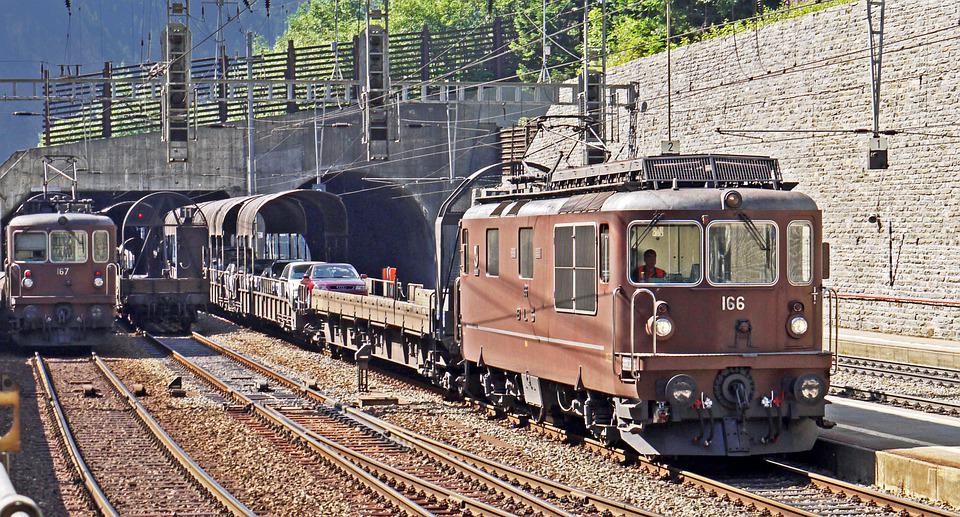The railroad tie retaining wall is one of the absolutely great-looking modifications that anyone may create for their sloping environment. With the broad railroad ties, discoloration, gouges, and even history, this style of the wall has a lot of character.
The procedure of constructing a railroad tie retaining wall is simple after the ground is prepped. It is, however, time-consuming and labor-intensive. It’s essential to pay attention to the procedure in order to ensure that the wall will last for many years. When building a railroad tie retaining wall, there are a few pitfalls to avoid. Ask a professional if you need to learn more about retaining walls brisbane.
Things to avoid in building railroad tie retaining wall
Keeping the ground uneven
Having a level surface to start from is the most critical aspect of the entire retaining wall construction process. Many individuals are pressed for time and rush to finish the wall. They don’t bother to level the ground on which the ties will be placed. Spend the extra time with a stamper and a level to make sure the ground is level and sturdy.
Unstaggered ties
Working with railroad ties necessitates cutting them to various lengths in order to stagger them as you build the wall. Because each joint between the ties is interlaced rather than merely laying on top of each other, this staggered stacking will lend a lot of strength to the wall.
Net setting anchor ties
You must have some type of tie between the wall and the earth it is keeping back when creating a retaining wall out of any material, especially railroad ties. Use a 4 foot length of railroad tie that goes directly into the hillside and rests on the wall itself when using railroad ties. This will strengthen the wall by utilizing the hillside’s strength to keep it in place.
Absence of rebar through ties
Some individuals are unaware that rebar should be used in a wooden railroad tie retaining wall just as it should be in a masonry wall. The rebar adds strength to the wall by working within it. You’ll need to drill through multiple sections of the railroad tie and insert some rebar into the hole.
No water barrier
To keep water away from the wood, use a plastic felt that goes below the first course of railroad ties and the rear of the wall. Even if it is treated, sitting in a puddle of water for an extended length of time will eat its way through the treatment. Use a water barrier to keep the wood safe.
No drainage lines
You should also install some drainage for water that runs down the hillside before you start laying down the railroad ties. This can be done with stones, a drainage pipe, or both. This might be directly beneath the railroad ties or a few inches below the ground level where the ties will be placed.
Cost of building railroad ties retaining walls
Railroad tie retaining walls are one of the most affordable solutions, costing $25 to $30 per square foot due to the low cost of the material. However, various factors influence the ultimate cost of constructing a retaining wall, including the size, height, amount of material required, and structural design requirements.
Here is a detailed cost breakdown of completing a railroad tie retaining wall project, assuming the homeowner buys ties, sand, gravel, and concrete mix at retail and hires a contractor for all work.
- $25 per 8-foot railroad tie (x number of total ties for length + breadth of the project).
- $10-$20 per 80-pound bag x needed depth for sand/gravel/concrete mix
- $50-$75 per hour for labor (x number of hours for the project).
If you employ a contractor to handle the job, your costs will rise; rates vary depending on geography and other considerations. Adding stairs, for example, necessitates extra materials and effort, raising the overall cost by around $100-$200 per stairway.
Final thoughts
Retaining walls are commonly used to hold dirt in place along hillsides for erosion management and are typically erected by homeowners who desire additional landscape elements for their yard. They can stand alone or be connected to an existing structure. Retaining walls function effectively in small spaces and allow homeowners to make the most of their available space.

